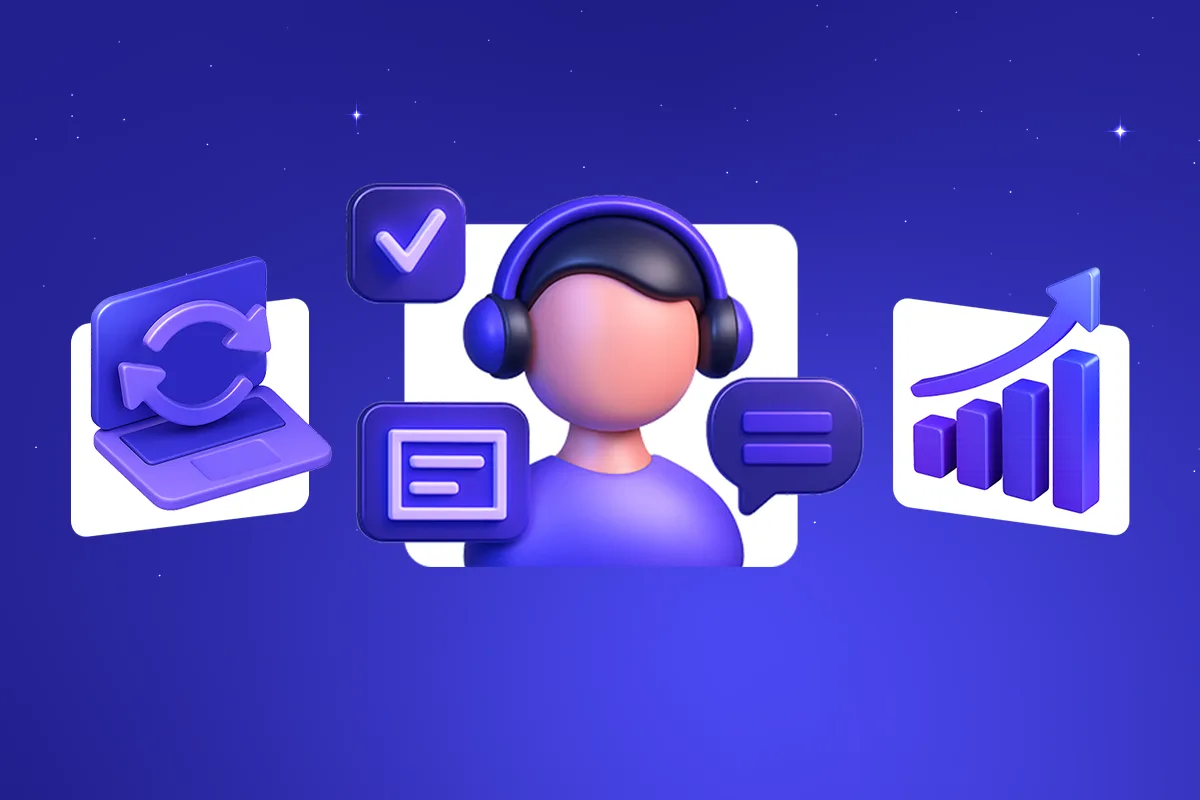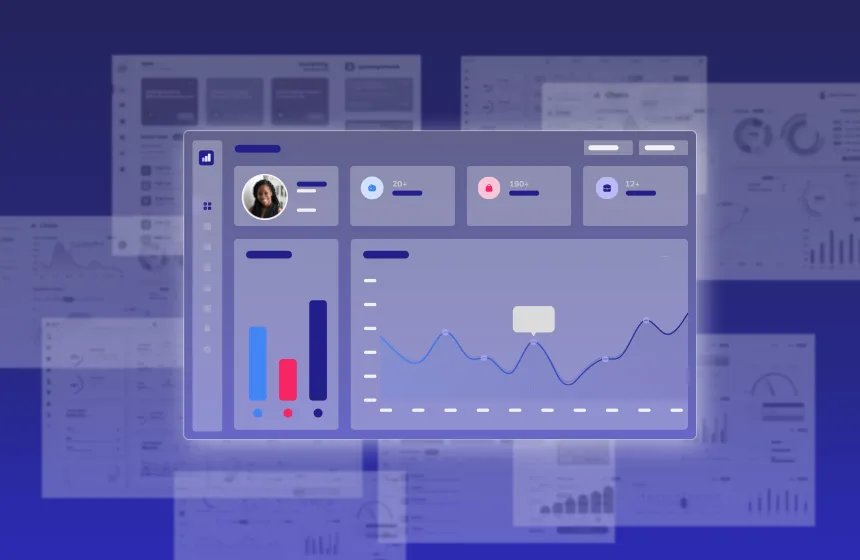Accelerate deals and increase win rates with the leading enterprise AI demo platform.
After the Close: Using Demo Tech to Strengthen Adoption and Drive Expansion

June 30, 2025
Table of Contents
A signed contract is just the beginning, not the end. Champions change roles. New users arrive with zero context. Buyer’s remorse is real and normal. Before you know it, that high-intent customer goes quiet, adoption stalls, and your “successful” deal becomes a churn risk.
Demo technology doesn’t stop working after the signature. When deployed strategically in post-sale processes, it bridges handoff gaps, reinforces buying decisions, and transforms new customers into expansion opportunities.
The Hidden Threat to Your Closed Deals
Here’s the dangerous post-sale pattern many companies face:
- Sales hands off to Customer Success with minimal context transfer
- Original champions move to new roles or get pulled into other priorities
- New end-users join without understanding what was purchased or why
- Generic onboarding begins that bears no resemblance to the sales process
The result? Customers who bought enthusiastically become confused and disengaged within weeks.
How Demo Tech Transforms Post-Sale Success
Bridge the Sales-to-Customer Success Handoff Gap
Don’t let context die in the transition between teams.
Action steps:
- Package winning demo content as handoff materials for Customer Success
- Document which demo segments resonated most during the sales process
- Include stakeholder engagement data (who watched what, when, and how often)
- Create “origin story” summaries that remind customers why they bought
This gives Customer Success teams something far more powerful than generic onboarding decks.
Repurpose Sales Demos as Onboarding Content
If the buyer loved the demo during sales, why reinvent it for onboarding?
Action steps:
- Replay the same successful demo flows that closed the deal
- Enhance leave-behind demos with training-focused overlays and guidance
- Maintain feature focus and benefit messaging that originally resonated
- Frame onboarding as continuation, not restart, of their buying journey
Enable Self-Paced, Role-Based Learning
Each user learns differently and needs specific information at their own pace.
Action steps:
- Create interactive demo libraries where users can explore relevant features independently
- Build role-specific pathways (admin vs. end-user vs. analyst tracks)
- Add contextual tooltips and guided workflows to make learning stick
- Include branching logic that adapts to user choices and interests
Identify Expansion Signals Through Demo Analytics
Your demo platform continues generating intelligence after the deal closes.
Action steps:
- Monitor post-sale demo engagement across the customer organization
- Flag new team participation in demo activities as expansion signals
- Track feature exploration patterns that indicate growing usage scope
- Alert account teams when engagement suggests upsell readiness
Instead of cold-starting expansion conversations, you’re building on demonstrated interest.
Create Expansion-Ready Content Libraries
Prepare for growth opportunities before they arise.
Action steps:
- Develop advanced feature demonstrations for power users
- Build department-specific use cases for organizational expansion
- Create integration showcases for technical stakeholders
- Maintain engagement tracking to time expansion conversations perfectly
Real-World Success: Learning from Sapiens
Sapiens has mastered post-sale demo deployment with role-based use case libraries that:
- Showcase department-specific applications of their platform
- Speed up activation across different business units
- Support asynchronous learning paired with structured training
- Drive faster adoption and more confident users
Measuring Post-Sale Demo Success
Track these metrics to gauge your post-sale demo strategy:
- Time to first value (how quickly new users achieve meaningful outcomes)
- User activation rates by role and department
- Demo engagement patterns (frequency, duration, sharing behavior)
- Expansion pipeline generation from existing customers
- Customer satisfaction scores during onboarding and early usage
Warning Signs Your Post-Sale Strategy Needs Demo Tech
Watch for these indicators that demo technology could strengthen your adoption:
- Slow onboarding progress despite customer enthusiasm
- Low user activation rates in the first 90 days
- Champions struggling to drive internal adoption
- Missed expansion opportunities with engaged customers
- High support ticket volume for basic feature questions
The Bottom Line
Great deals become great customers when the story continues seamlessly from Sales into Customer Success.
Demo technology transforms post-sale processes by maintaining context, enabling self-service learning, and identifying growth opportunities before they become obvious. When customers understand not just what they bought but why it matters to their specific needs, they use more, expand faster, and become your strongest advocates.
The result? Higher retention, accelerated expansion, and customers who succeed so clearly that selling becomes significantly easier.
Key Takeaways
- A signed contract is just the beginning — without continued engagement, even strong deals can stall
- Demo technology bridges the gap between Sales and Customer Success, preserving context and momentum
- Repurposing sales demos for onboarding creates a seamless customer experience and faster time to value
- Role-based, interactive demos enable self-paced learning and stronger user adoption
- Demo analytics uncover expansion signals and help identify upsell opportunities early
- A strategic post-sale demo approach leads to higher retention, faster growth, and happier customers






